So I have column A (contains the word) and column C (contains the date) shown below. The columns are occasionally separated by new headers, such as for "Word" and "Date" and a blank space.
Word Date
BV 12/06/2017
BV 12/06/2017
BV 13/06/2017
BV 13/06/2017
BR 17/07/2017
BR 17/07/2017
BR 24/07/2017
Word Date
BT 30/07/2017
BT 30/07/2017
Word Date
BY 05/08/2017
First the date would be converted in terms of week number into a new column D, such as 12/06/2017 to week 24.
Using something like:
Sub TimeConverter()
Dim I as Long, MaxRow as Long
MaxRow = Range("A" & Rows.count).End(xlUp).Row
For I = 2 to MaxRow
Cells(I, "D").Value = DatePart("ww", Cells(I, "C"), 7)
Next
End Sub
Then I would like the VBA macro code to look through column A and find the number of times a word appears and match with a date on the same week number into a new column B.
Using something like:
=COUNTIF(A:A, "BV")
=COUNTIF(A:A, "BR")
Output
# 4
# 3
Now to then combine them together so that the unique word (column A) counts (column B) can be separated into the corresponding week number (column D).
Desired Output:
BV 4 24
BR 2 29
BR 1 30
BT 2 30
BY 1 31
Any suggestion would be great! Thank you.

